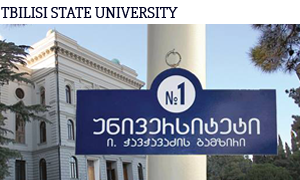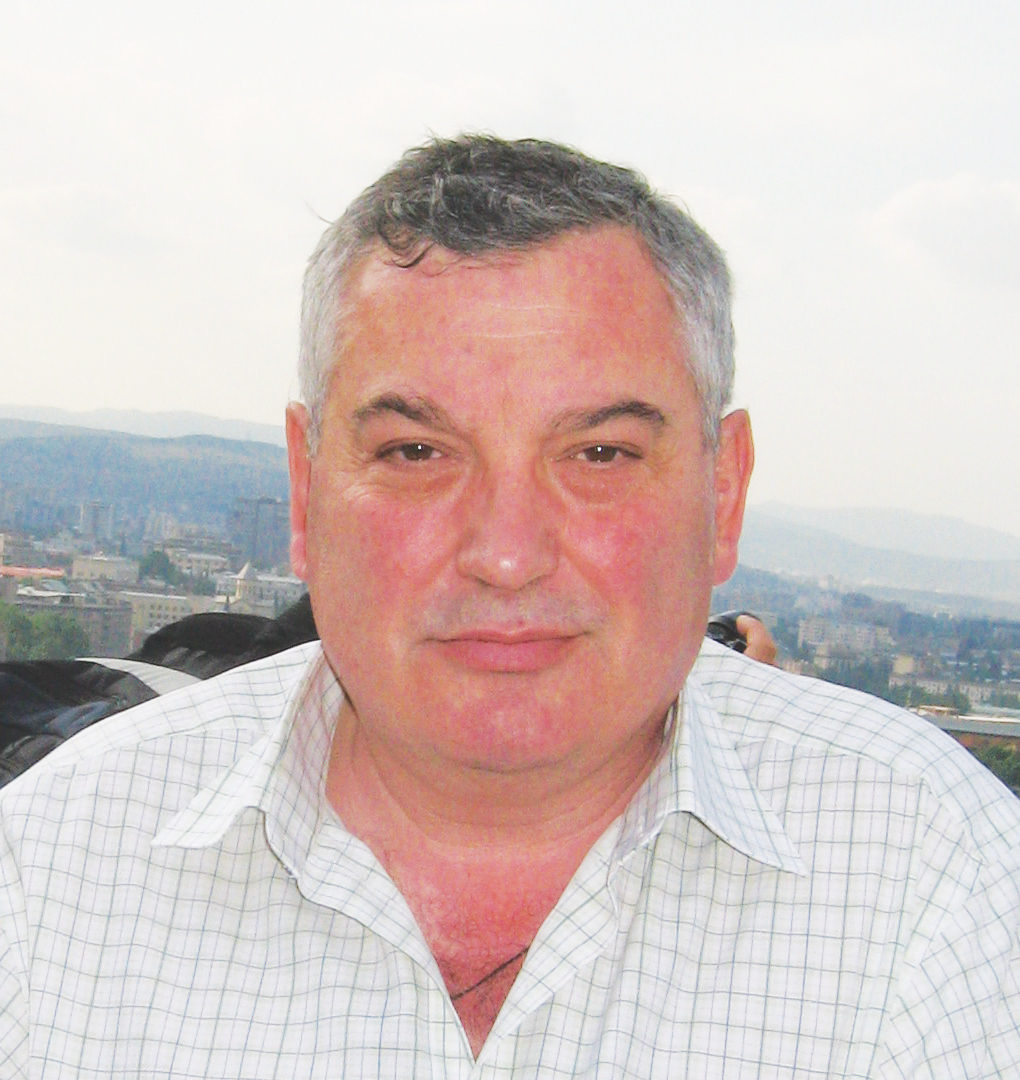
FACULTY OF EXACT AND NATURAL SCIENCES
THE ECOLOGICAL CONDITION OF THE BLACK SEA – ASSESSMENTS BY TSU SCIENTISTS
Joint research was conducted in 2011-2013 out in Romania and Georgia on pollution in the Black Sea. The Georgian team worked with leading German and Greek environmental scientists within a project entitled „Investigation of Submarine Groundwater Discharge (SGD) for preventing pollution and eutrophication of the coastal Black Sea“, funded by the Shota Rustaveli National Science Foundation and the European Commission.
The Georgian research team from the Research Center of Hydrogeophysics and Geothermy of TSU’s M. Nodia Institute of Geophysics was led by Dr. Giorgi Melikadze, DrSci in Geological-Mineralogical Sciences, and included Mariam Todadze, Zurab Machaidze, Nino Kapanadze and Alexander Chankvetadze. German researchers from the Helmholtz Centre for Environmental Research were headed by Dr. Michael Schubert, and the Greek researchers from the Hellenic Centre for Marine Research were under the leadership of Dr. Christos Tsabaris. Black Sea sites targeted for the research included the eastern coastline of the Adjara region and the western Romanian lowlands territory adjacent to Constanta.
Pollutants discharged into the sea can cause significant damage to the environmental condition of coastal areas as well. Damage can include coastal eutrophication (pollution from toxins, nitrates and phosphates--or excess nutrients that stimulate excessive plant growth), the pollution of produce from the sea, destruction of coral reefs and harmful “blooming” of seawater. The key goal of the research was to investigate Submarine Groundwater Discharge (SGD) areas using a multi-tracer approach.


Tracers are natural or anthropogenic substances that exist in the environment. Generally, water tracers are used to study submarine groundwater discharge. Unlike artificial tracers the ecological tracers used do not cause chemical environmental pollution. Moreover, natural ecological tracers--because they exist everywhere--are convenient for large scale research. This is an important factor in SGD investigation. Dr. Melikadze pointed out that it was an attempt localize and count the SGD areas by uniting various water tracers and by substantiating these results using new methods of satellite data-gathering. The Adjaran coastline was selected for the fact that this region is a surface water discharge area from the territory of Adjara, and surrounding areas contribute to the concentration of pollution with waters from municipalities and with toxic and agricultural waste from large industrial facilities and cities.
The region includes the port city of Batumi, the town of Kobuleti, as well as many villages and settlements that cause pollution from runoff into the Black Sea. This is also where the large Baku-Supsa oil pipeline terminal is located, built directly on the coast. The territory was also selected for the study since it is a well-developed agricultural region--tea, maize and citrus crops widely use mineral fertilizers and chemicals. Although the region is part of the Kolkheti Protected Areas system according to a law passed in 1999, for the last 100-150 years endemic plants have been massively supplanted by alien species such as tea, maize, haricot, soya and citrus, resulting in radical changes in the soil’s processing capacities. These crops cause soil exhaustion that leads in turn to the use of additional fertilizers. The study should permit the rehabilitation of traditional crops that need little or no fertilizers.
During the project a new methodology of using ecological tracers was introduced to determine submarine groundwater discharge areas. For the first time satellite data were used to carry out long-term and large-scale assessment of coastal temperatures and to identify key areas of anthropogenic impact.
Groundwater flow and discharge areas were identified along the Adjaran coastal area, including their range and surface pollution. This is the first time such a complex study of marine and land pollution, using ecological tracers, has been carried out in Georgia. The study helped determine the intensity of eutrophication in groundwater as well as in the sea. The distribution and intensity of pollutants discharged into the sea were investigated, and forecasts made on the potential changes. Recommendations include the need for regular monitoring over these areas. For the first time, a marine and land research complex was successfully carried out in Georgia using ecological tracers such as oxygen 18O and hydrogen 2H stable isotopes, Radon (Rn), Radium-Ra, and others.
Research results were presented in Constanta in September 2012, in Athens in March 2013 and at the M. Nodia Institute of Geophysics at Tbilisi State University in November 2013. The results were reported in the Journal of Georgian Geophysical Society, Issue A. Physics of Solid Earth, vol. 116A 2013 by George Melikadze, Michael Schubert, Christos Tsabaris, Nino Kapanadze, Mariam Todadze, Zurab Machaidze and Alexander Chankvetadze, entitled “Using Environment Tracers for the Investigation of Submarine Groundwater Discharge”.




